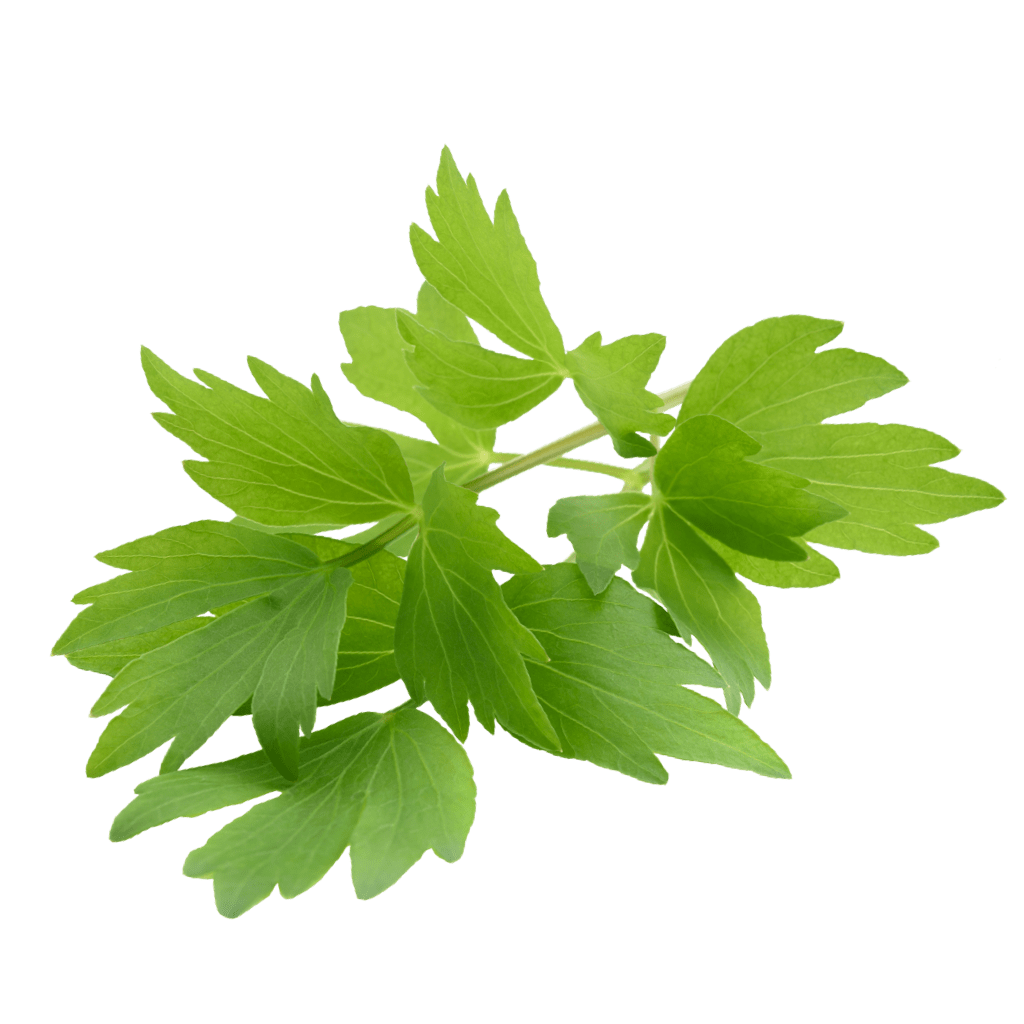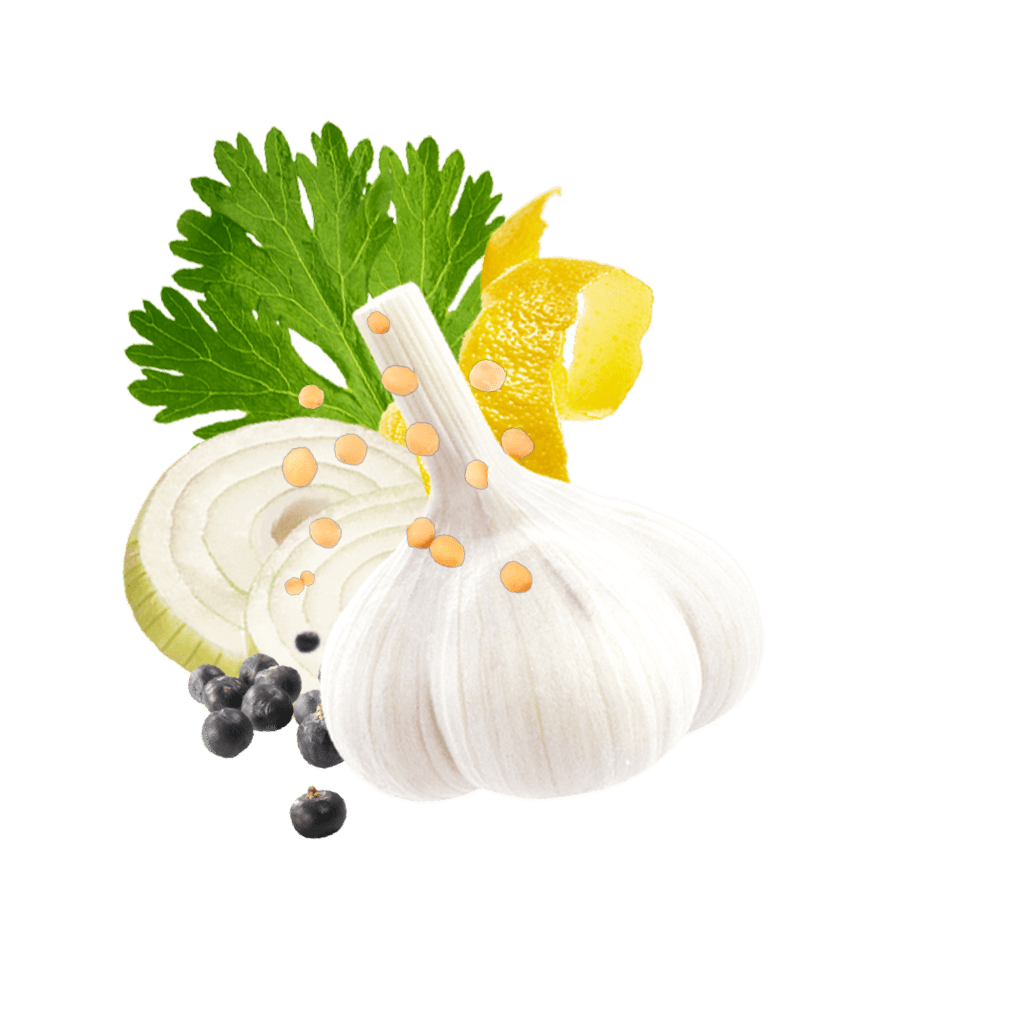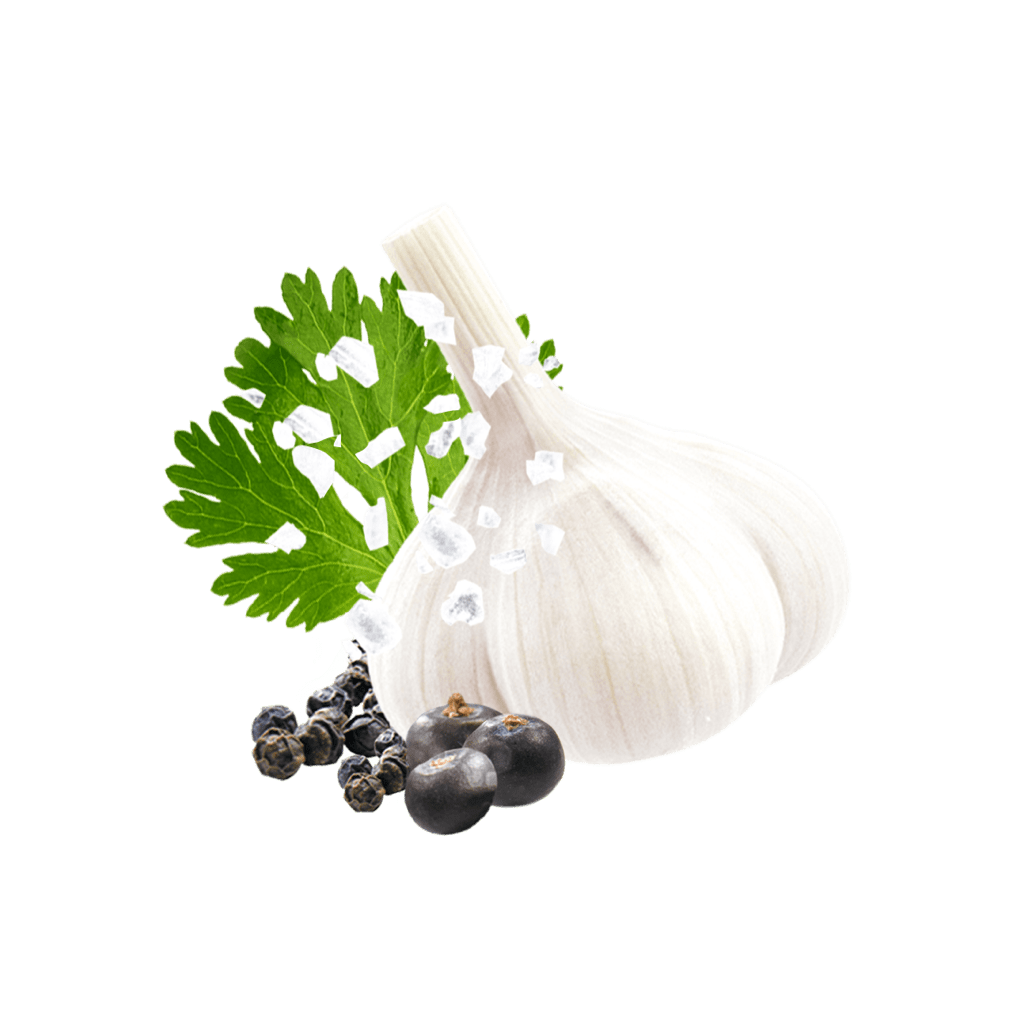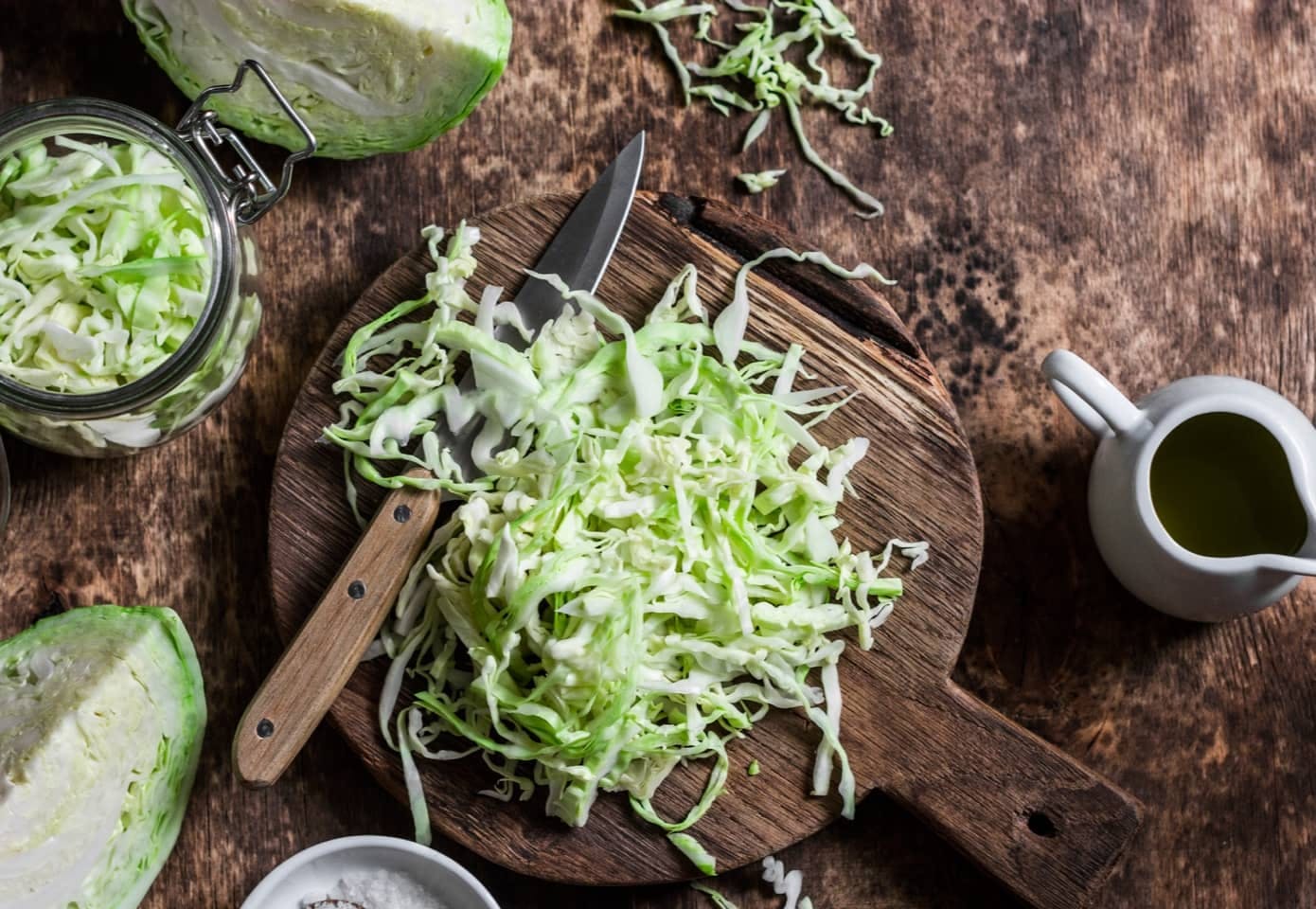Juniper
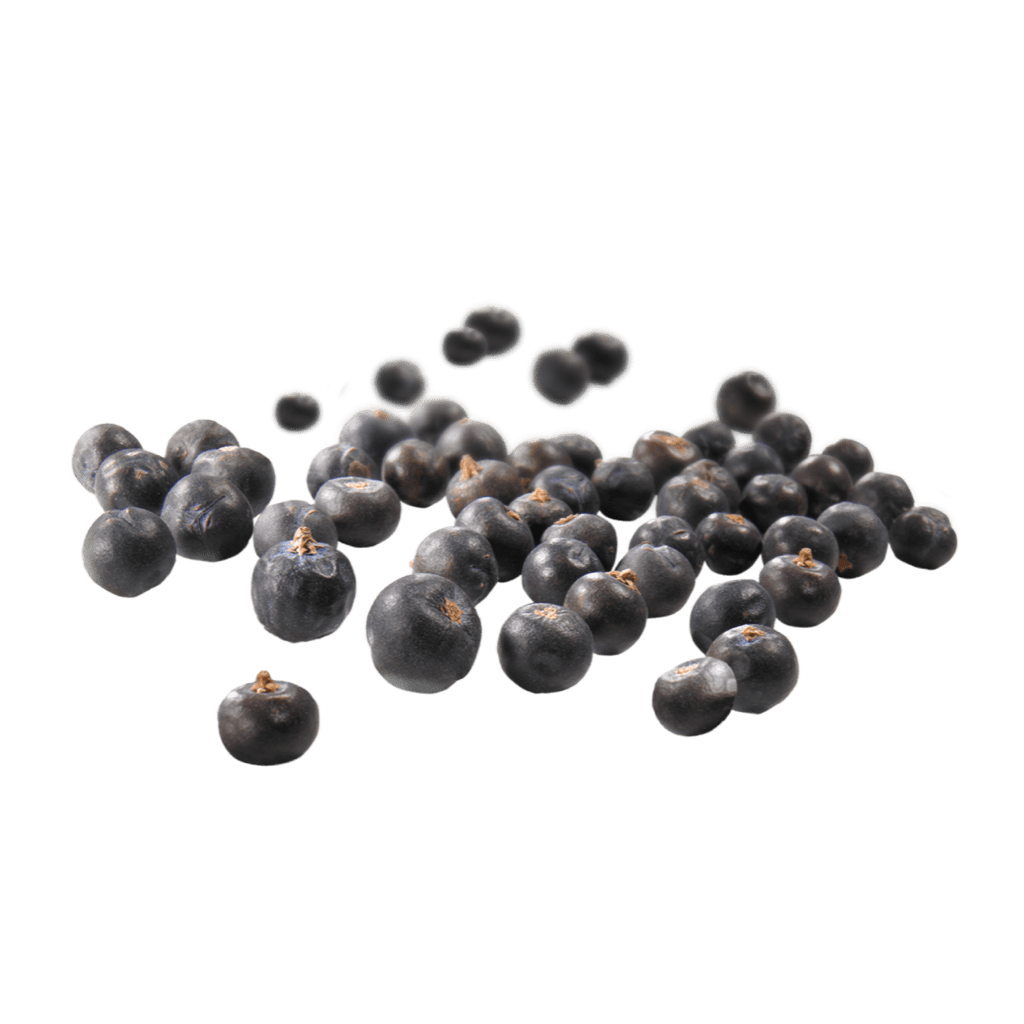

Juniper berries are the only spice derived from a conifer. The resinous, sweet, woody flavor of juniper goes well with game, meat and fish, as well as in preserves and sauerkraut.
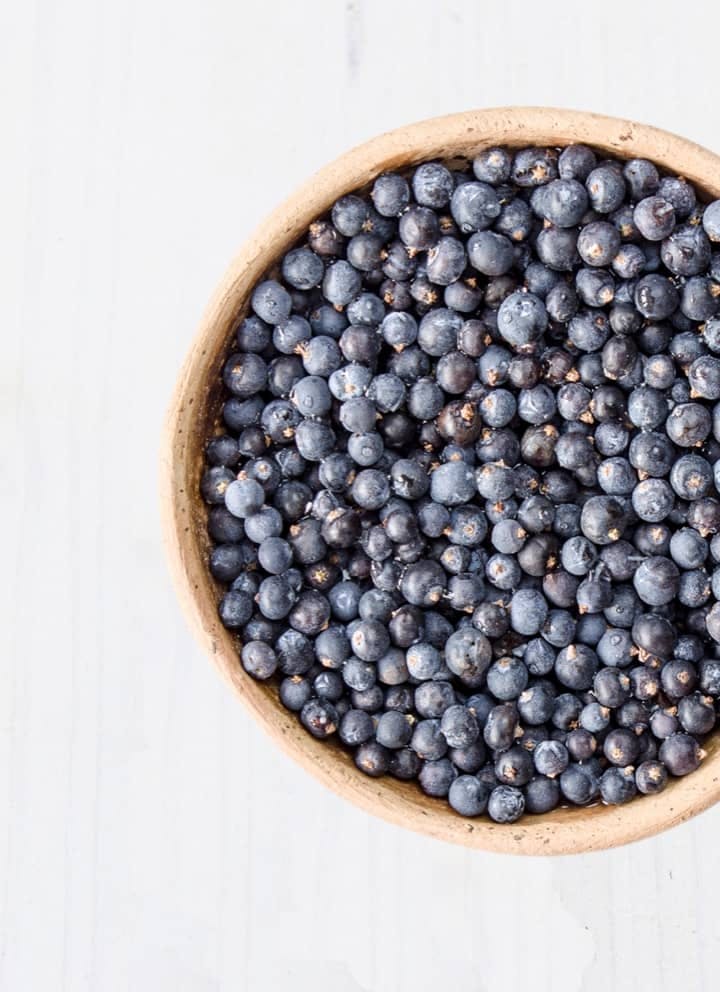
Juniper as a Spice
Strictly speaking, juniper berries are not actually berries — they’re round cones. In their dried form, they have a warm, slightly sweet, resinous and woody flavor reminiscent of pink peppercorns. They are a great addition to game dishes, pies, sauerkraut, soups and sauces, as well as being used for smoking and preserving some ingredients. However, these berries are more famous for their use in the production of gin than they are for cooking. Juniper is only used as a spice in certain regions — its popularity is mainly limited to Northern Europe, France, Germany and Austria.
Products Containing Juniper
Currently Viewing: 1 of 0
Usage
Juniper pairs exceptionally well with allspice, pepper, bay, garlic, marjoram and especially rosemary. The berries should be gently crushed using a pestle and mortar before use so that their full flavor is released in the dish. Since juniper has an intense flavor, no more than six to eight berries should be added at a time. Whole berries are usually removed before serving because they have a very intense, sour flavor when bitten into — we recommend putting the juniper berries in a linen bag or tea bag when adding them to stews and casseroles so they’re easier to remove.
Tip!
Juniper is also a great choice for desserts. Combined it with allspice to give apple and pear cakes a unique, fabulous flavor!


The Plant
Depending on the type, juniper berries grow on a column-shaped tree or low shrub. The plant was already known back in ancient times, but the flavor of its berries only really became popular in the 15th century. Although juniper is also endemic to North America and Asia, it is particularly prevalent in Alpine countries and is used in these countries’ national dishes. Today, most of the juniper harvested comes from wild harvesting in Hungary, Italy and Croatia. The essential oil content depends on the origin of the juniper: The further south it grows, the more essential oil the berries contain.
Factbox
- Scientific Name
- Juniperus communis
- Family
- Cypress family (Cupressaceae)
- Other Names
- Common juniper, cedar, red cedar
- Origin
- Europe, North America, Asia
Discover more
Lovage
